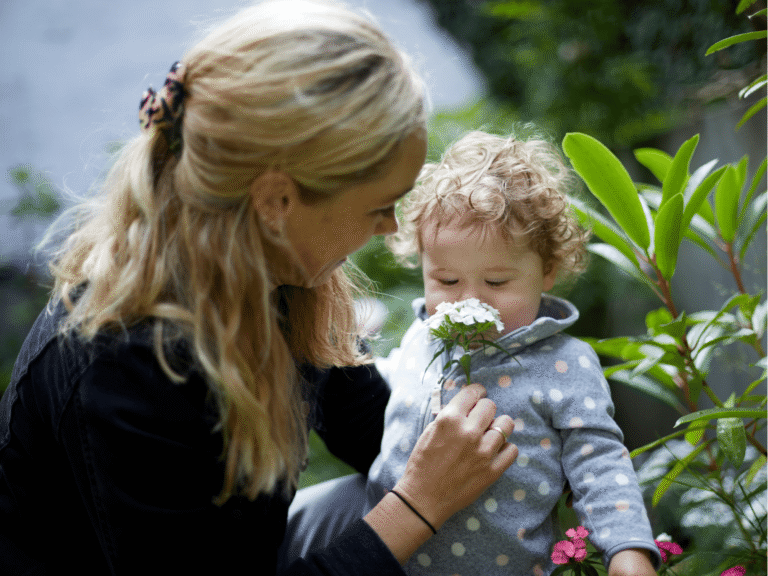


Blackberry (Rubus fruticosus L.), a member of the Rosaceae family, is a perennial shrub known for its thorny stems, dark green leaves, and clusters of juicy, black, aggregate fruits. It is notable for its bramble-like growth, with arching, thorny canes that can grow between 1.5 to 3 meters in height, depending on the species and environment. Blackberry plants are characterized by their robust and resilient nature, thriving in diverse environments from forest edges to open fields, and often found in temperate regions worldwide. The blackberry plant blooms from spring to late summer, with small, white or pale pink flowers that measure approximately 2-3 cm in diameter. Each flower has five petals, a central cluster of numerous stamens, and is highly attractive to pollinators, especially bees. These flowers are critical for fruit production, as they develop into the familiar blackberry fruit after pollination. Blackberry fruit is not a true berry but an aggregate fruit, formed from multiple small drupelets clustered together on a receptacle. Each drupelet contains a single seed. The fruit starts as green, then transitions through red to a deep, glossy black as it ripens. The flavor is both sweet and slightly tart, making it a popular ingredient in culinary and medicinal applications.
Habitat & cultivation
Blackberry shrubs thrive in temperate climates and can tolerate various soil types, though they prefer well-drained, fertile soil. The plants are highly adaptable and can grow in partial shade but produce the best yields in full sun. Harvesting typically occurs in late summer to early autumn when the berries have fully ripened to a deep black color.
Use for medicinal purposes
Blackberries are rich in vitamins (particularly vitamin C and K), fiber, and antioxidants, including anthocyanins, which give the berries their dark color. These compounds are known for their health benefits, such as supporting immune function, promoting skin health, and improving cardiovascular health. Blackberry leaves and roots have traditionally been used as a natural remedy for diarrhea and sore throats due to their astringent properties.
Traditional medicinal uses
Historically, blackberry roots and leaves were used in teas and poultices to treat digestive disorders, alleviate mouth and throat infections, and aid wound healing. The fruit was also consumed to promote blood purification and general well-being. In various cultures, blackberry was considered a protective plant, and its parts were used in folk remedies for boosting immune function and soothing skin ailments.
Constituents
- Anthocyanins
- Vitamins (C, K)
- Dietary fiber
- Tannins
- Polyphenols
- Minerals (e.g., manganese, folate)
Action and application
Blackberries offer a wide range of health benefits, primarily due to their high levels of antioxidants and vitamins. They are used to promote cardiovascular health, improve digestive function, and support immune health. Their antioxidant properties contribute to anti-aging effects and skin vitality, while their astringent properties make blackberry leaves beneficial for wound care and oral health. Blackberries are an excellent source of dietary fiber, particularly soluble fiber, which supports healthy digestion, regular bowel movements, and microbiome diversity. The astringent properties of blackberry leaves and roots also aid in managing diarrhea.
TAXONOMY
KINGDOM: Plantae
ORDER: Rosales
FAMILY: Rosaceae
GENUS: Rubus
SPECIES: Rubus fruticosus
COMMON NAME
Blackberry
FLOWERING TIME
IV–VIII month
References:
- Wu, X., Beecher, G. R., Holden, J. M., Haytowitz, D. B., Gebhardt, S. E., & Prior, R. L. (2004). “Lipophilic and hydrophilic antioxidant capacities of common foods in the United States.” Journal of Agricultural and Food Chemistry, 52(12), 4026–4037. DOI: 10.1021/jf049696w.
- Slavin, J. L. (2013). “Fiber and prebiotics: Mechanisms and health benefits.” Nutrients, 5(4), 1417-1435. DOI: 10.3390/nu5041417.
- Del Rio, D., Costa, L. G., Lean, M. E. J., & Crozier, A. (2010). “Polyphenols and health: What compounds are involved?” Food & Function, 1(1), 99-111. DOI: 10.1039/c0fo00120e.



